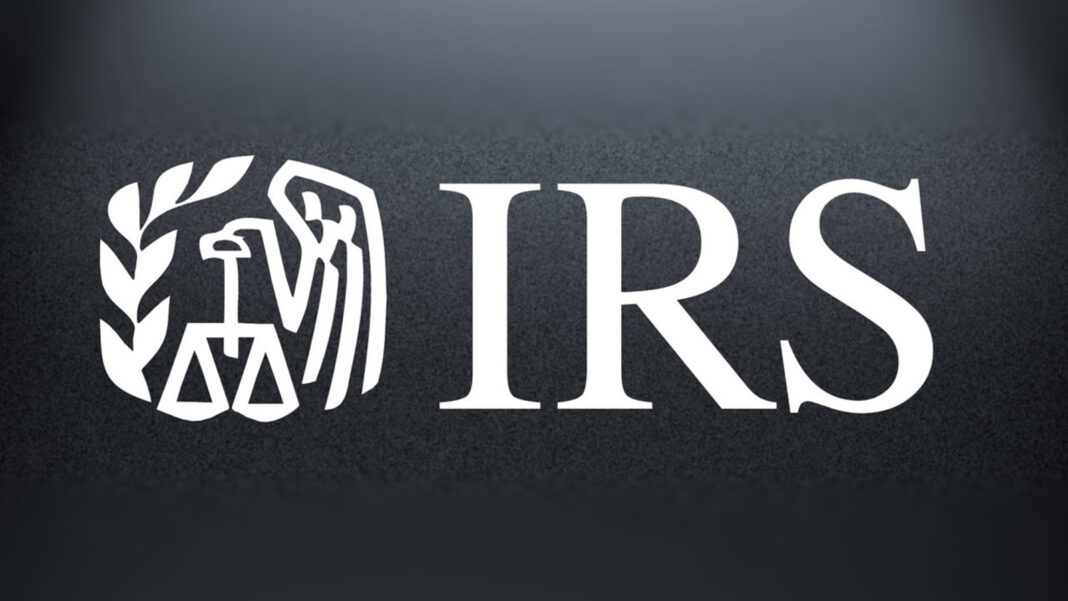Turn to IRS.gov for help filing
Washington – The Internal Revenue Service reminds taxpayers that IRS.gov provides last-minute tax return filers with the resources they need to get taxes done before the April 18 deadline. IRS.gov remains a great resource to help people working on their taxes in the final days before the deadline. The website has numerous resources ranging from tax preparation and refund tracking to tax law research and business topics. For answers to tax law questions, taxpayers will find tools like the Interactive Tax Assistant or they can use the Frequently Asked Questions tool to find answers to dozens of topics.
For last-minute filers, IRS Free File allows those who made $73,000 or less in 2022 to prepare and e-file tax returns for free. Anyone can use IRS Free File to submit an extension of time to file regardless of their income. But remember, an extension to file is not an extension to pay taxes.
Get tax information, day or night
IRS.gov is available at any time. It’s easy to view, download or print tax products right away. Taxpayers will find filing information for individuals, businesses and self-employed and charities and nonprofits. To see their federal tax information, taxpayers can use the Online Account. They’ll find information such as a payoff amount, the balance for each tax year owed, their payment history and key information from their current year tax return as originally filed. They can also get tax return transcripts.
Taxpayers can also use the Get Transcript tool to view, print or download their tax transcripts after the IRS has processed the return. Individuals can find the most up-to-date information about tax refunds using the “Where’s My Refund?” tool on IRS.gov and on the official IRS mobile app, IRS2Go. Within 24 hours after the IRS acknowledges receipt of an e-filed return, taxpayers can start checking on the status of their refund.
Those who owe can use IRS Direct Pay to pay taxes for the Form 1040 series, estimated taxes or other associated forms directly from a checking or savings account at no cost. For more payment options, visit irs.gov/payments.
Prevent processing holdups
The IRS encourages all taxpayers to file electronically and choose direct deposit to avoid delays in receiving a refund. Filing on paper can significantly delay a refund.
In addition to e-filing, tax software helps individuals steer clear of mistakes by doing the math. It guides people through each section of their tax return using a question-and-answer format.
Taxpayers should be sure to have all their year-end income statements and other necessary paperwork before filing a return. This includes Forms W-2 from employers, Form 1099-G from state unemployment offices, Forms 1099 from banks and other payers, Form 1095-A from the Health Insurance Marketplace for those claiming the Premium Tax Credit and records of virtual currency transactions.
Include income from:
- Goods created and sold on online platforms.
- Services provided through mobile apps.
- Self-employment or other business activities.
- Part-time or seasonal work.
- Investment income.
Assistive technology options
At the online Alternative Media Center, taxpayers will find a variety of accessible products like screen reading software, refreshable Braille displays and screen magnifying software. These products include tax forms, instructions and publications. Many can be downloaded or viewed online as Section 508 compliant PDF, HTML, eBraille, text and large print. Taxpayers should note, however that every product is not available in all formats. For example, tax forms are not available as HTML documents.
Stop tax fraud with an Identity Protection PIN
An Identity Protection PIN is a six-digit number that prevents someone from filing a tax return using another taxpayer’s Social Security number. The IP PIN is known only to the real taxpayer and the IRS. It helps the IRS verify the taxpayer’s identity when the taxpayer files an electronic or paper tax return.
Anyone who can verify their identity can voluntarily opt into the IP PIN program. See Get an IP PIN for details and to access the online tool. There are options for those who cannot verify their identities online.
Get free local tax prep
The IRS’ Volunteer Income Tax Assistance (VITA) program has operated for more than 50 years. It offers free basic tax return preparation to qualified individuals, including:
- People who generally make $60,000 or less.
- People with disabilities.
- Limited English-speaking taxpayers.
The Tax Counseling for the Elderly (TCE) program also offers free tax help for taxpayers, particularly those age 60 and older.
The VITA/TCE Site Locator can help eligible taxpayers find the nearest community-based site staffed by IRS-trained and certified volunteers. Demand is high for this service, so taxpayers may experience longer wait times for appointments. Taxpayers can use the locator tool to find an available site near them. It’s updated throughout the tax season, so individuals should check back or increase the distance from their location in their search if they don’t see a nearby site listed. MilTax, Military OneSource’s tax service, offers online software for eligible military members, veterans and their families to electronically file a federal return and up to three state returns for free.
Adjust withholding to prevent tax ‘surprises’
Now is a perfect time for taxpayers to check their withholding and avoid a tax surprise next filing season. Life events like marriage, divorce, having a child or a change in income can all impact taxes. The Tax Withholding Estimator on IRS.gov helps employees assess their income tax, credits, adjustments and deductions, and determine whether they need to change their withholding by submitting a new Form W-4, Employee’s Withholding Allowance Certificate.
Taxpayers should remember that, if needed, they should submit their new W-4 to their employer, not the IRS.









